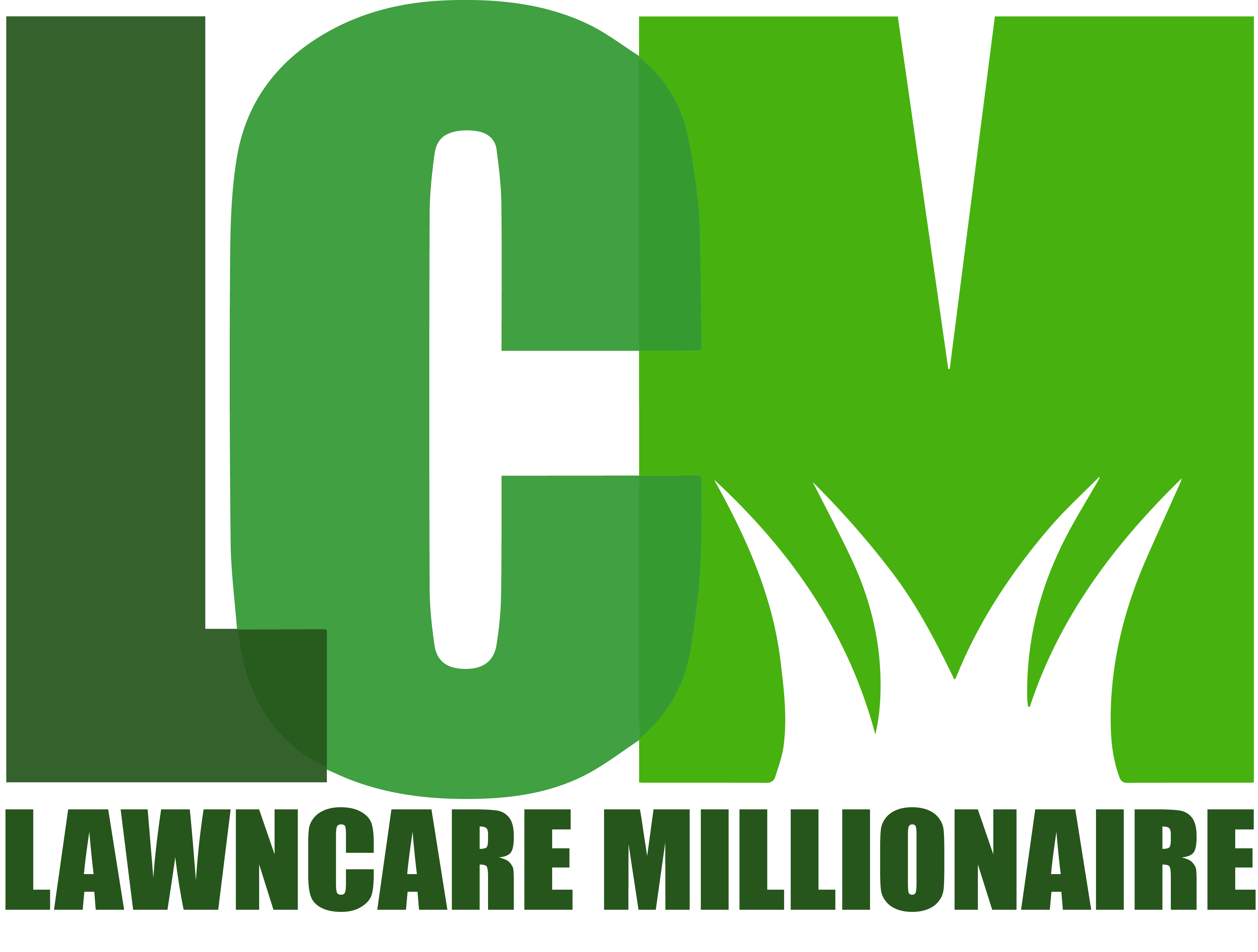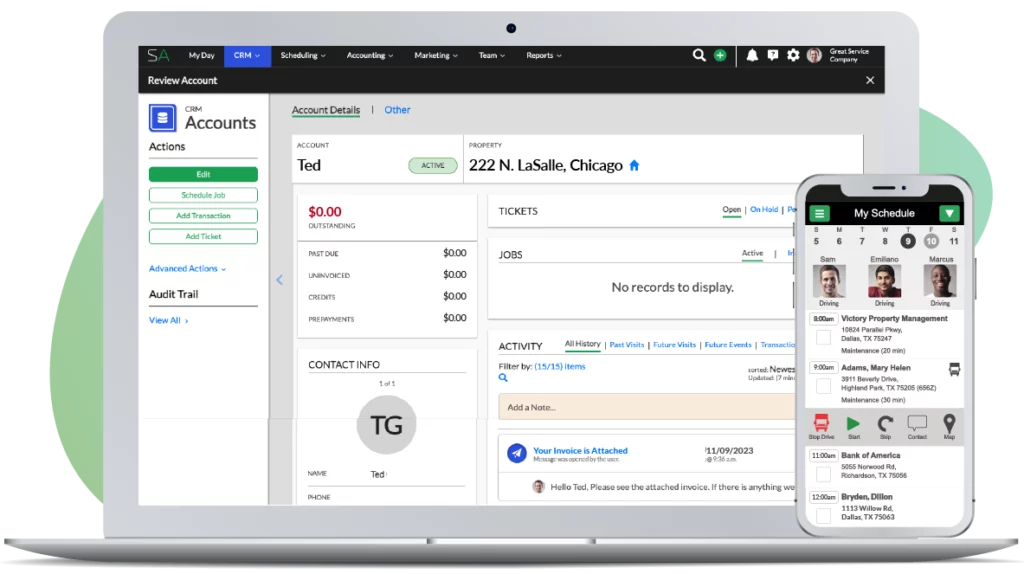Multiple overhead recovery is just one of many different methods of overhead recovery in the lawn care industry. One of the very popular and common methods is MORS, which is Multiple Overhead Recovery. There’s also dual overhead recovery and single overhead recovery. But, in talking to contractors, what we find is that a tremendous number of them are using the multiple overhead recovery method. Basically, the idea behind this is, a lot of people think it is a more accurate way to calculate your overhead cost than a single overhead recovery method. It lets you track your expenses back to your actual job cost.
For example, if I’m comparing two jobs, and both jobs will generate a revenue of one hundred thousand dollars. Job A is predominantly labor driven, meaning that we’ll produce most of the hundred thousand dollars by selling the time of our employees. They’re digging holes, laying pipe, mowing the lawn, whatever the case maybe. Most of the revenue will be generated by actually having employees produce the work. Whereas, job B has a little bit of a labor component, say maybe ten thousand dollars. The remaining ninety thousand dollars of that job is materials.
Which job will cost us the most money? Or, another way to say it, for which job should we recover the most overhead? As an example, if within your company, you have overhead of admin people, sales people and office rent, which of the two jobs requires the most overhead? Is it the job where you’re performing ten thousand dollars worth of labor and installing ninety thousand dollars worth of plants that you sent trucks and trailers down to pick up and bring to the job site? You never housed those plants. Does that job really consume the same amount of overhead? The same amount of your sales people’s time? The same amount of your office space? The same amount of your admin people? The same amount of your insurance?
That’s the gist of multiple overhead recovery. It says that not every job should be thought of as equal. Not every job consumes the same amount of overhead within your company. If you believe that employees carry a lot more overhead than plants, then it wouldn’t make sense on two jobs that are each a hundred thousand dollars, to apply the same amount of overhead cost to each job when estimating and bidding that job. That again, is the basic gist of multiple overhead recovery.
It says apply overhead cost to a job or an estimate or bid based on how much labor will be involved, how much equipment, plants, or materials are to be involved. Figure out your overhead based on the component parts of the job, not just on the dollar volume of the job. You’ll see that a lot of companies will assign an overhead cost to labor versus equipment and materials and the associated cost of labor, equipment, or materials is typically a percentage.
Your labor and your people that work directly for you cost you more money than going down the street and picking up a non-inventory product. It didn’t cost you that much money to house that product, to touch it, to deal with it, and insure it. Therefore, there should be a lot less overhead associated to that product because it’s a non-inventory product that you know how to deal with. Employees have labor burden and all of these different costs so they do require a tremendous amount of overhead.
It does make sense that a bigger percentage of overhead should be applied to that person. When I sell time, I sell my employees. They take up so much of my overhead as a company. I should build in to my cost structure a lot more overhead cost that I’m going to recover for each employee.
The flaw, in my opinion is, a lot of companies have read and done research and found that multiple overhead recovery is their best method for figuring out overhead within their business. But, when they go to apply the overhead cost to their business, they just use standards. They may use twenty five percent for labor, five percent for subs, fifteen percent for equipment. How does that in any way equate to what your real costs are as a business? I know for example, in my business, my costs have changed completely from the days when it was just me and a few people in the very early days of the business to today where we have a lot of people, trucks, and a lot of fixed overhead.
This is where consultants and accountants come into play. They can help you to truly figure out what your percentages need to be for multiple overhead recovery. Have a consultant or your accountant figure out what your percentages for labor, subs, assets, equipment, products, and materials for your business should be. Do not just use what you read in a book or follow what the standards are for the industry.




One Reply to “Explained: Multiple Overhead Recovery”
I began using MORS 29 years ago and found the method unweildy in a 3 division company doing maintenance, design build, and irrigation service and installation.
After I number of years, experience and historical records to compare, I changed to single overhead recovery as a dollar amount added to labor costs. Today only doing fertilization programs and irrigation, I just add equipment, over head and labor costs and divide them by payroll production hours to get a single cost per production man hour. This method has proven to be accurate and consistent.
As in my other comments, an accurate payroll system and properly constructed chart of accounts are needed to implement any form of an over head recovery system.